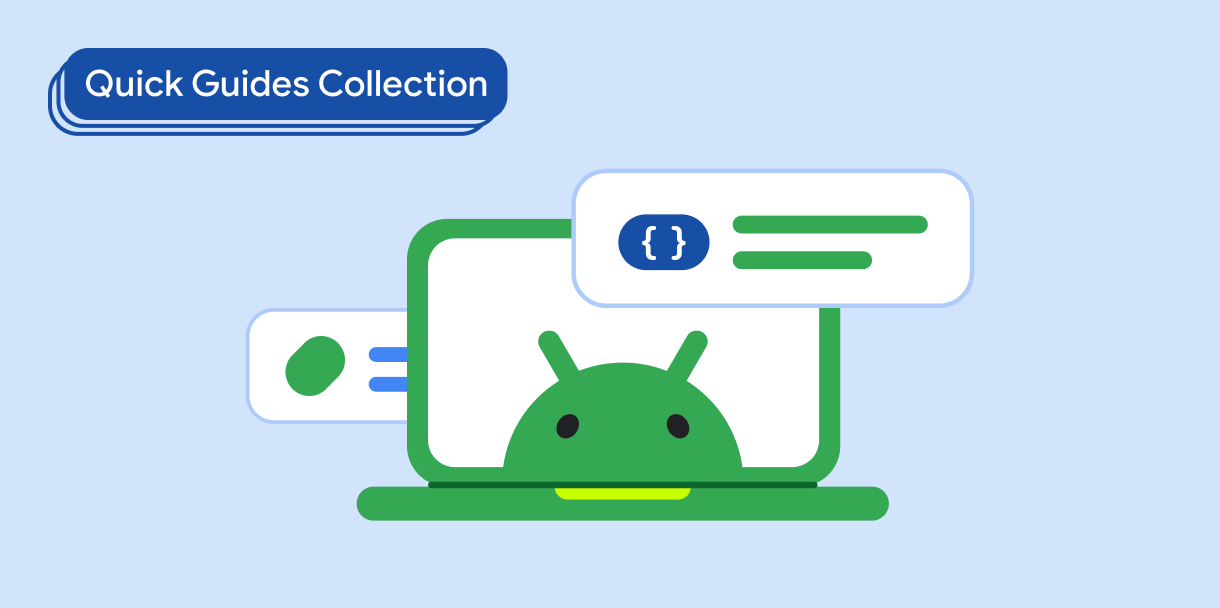Compose 기반 앱에서 상태를 설정하고 관리하는 방법과 상태 변경에 반응하도록 UI를 구성하는 방법을 알아봅니다. 관찰 가능한 상태를 만드는 방법, 재구성 또는 구성 변경 전반에서 상태를 유지하는 방법, 최적의 데이터 흐름을 위해 컴포저블을 구성하는 방법을 알아보세요.
핵심사항
- 앱의 상태가 컴포저블 내부인 경우
remember를 사용하여 재구성 전반에서 상태를 유지합니다. rememberSaveable를 사용하여 구성 변경 전반에서 상태를 유지합니다.- 상태 호이스팅은 상태를 컴포저블의 호출자로 옮기는 프로그래밍 패턴입니다. 가능하면 상태 호이스팅을 사용하여 컴포저블의 재사용성과 테스트 가능성을 높입니다.
ViewModel클래스를 사용하여 노출된 상태를 관찰 가능한 상태 홀더에 보관하여 상태를 더 잘 캡슐화하고 UI의 단일 소스 오브 트루스를 만듭니다.
리소스
이 가이드가 포함된 컬렉션
이 가이드는 더 광범위한 Android 개발 목표를 다루는 선별된 빠른 가이드 모음의 일부입니다.

Compose 기초 (동영상 모음)
이 동영상 시리즈에서는 다양한 Compose API를 소개하고 사용 가능한 API와 사용 방법을 빠르게 보여줍니다.
질문이나 의견이 있으신가요?
자주 묻는 질문(FAQ) 페이지로 이동하여 빠른 가이드를 알아보거나 문의하여 의견을 보내주세요.



